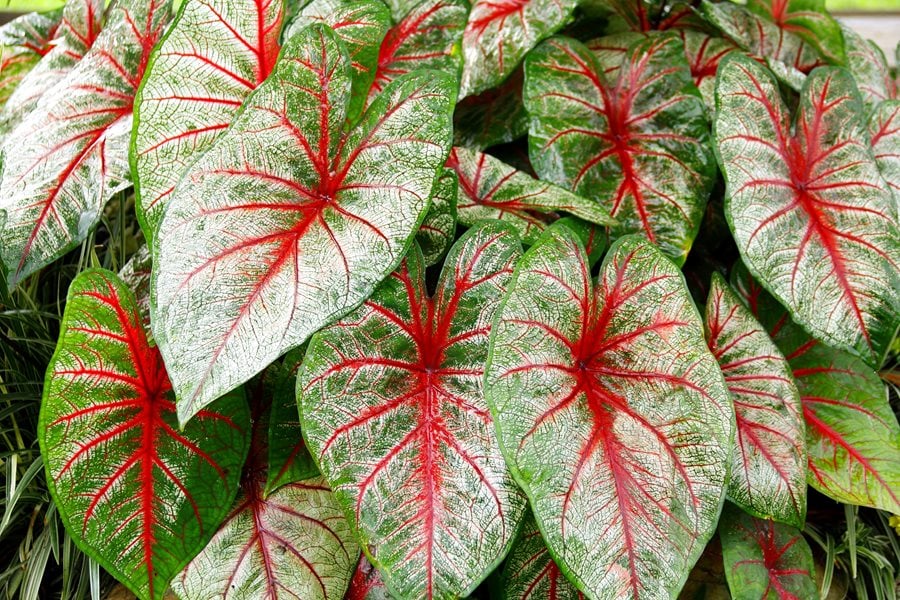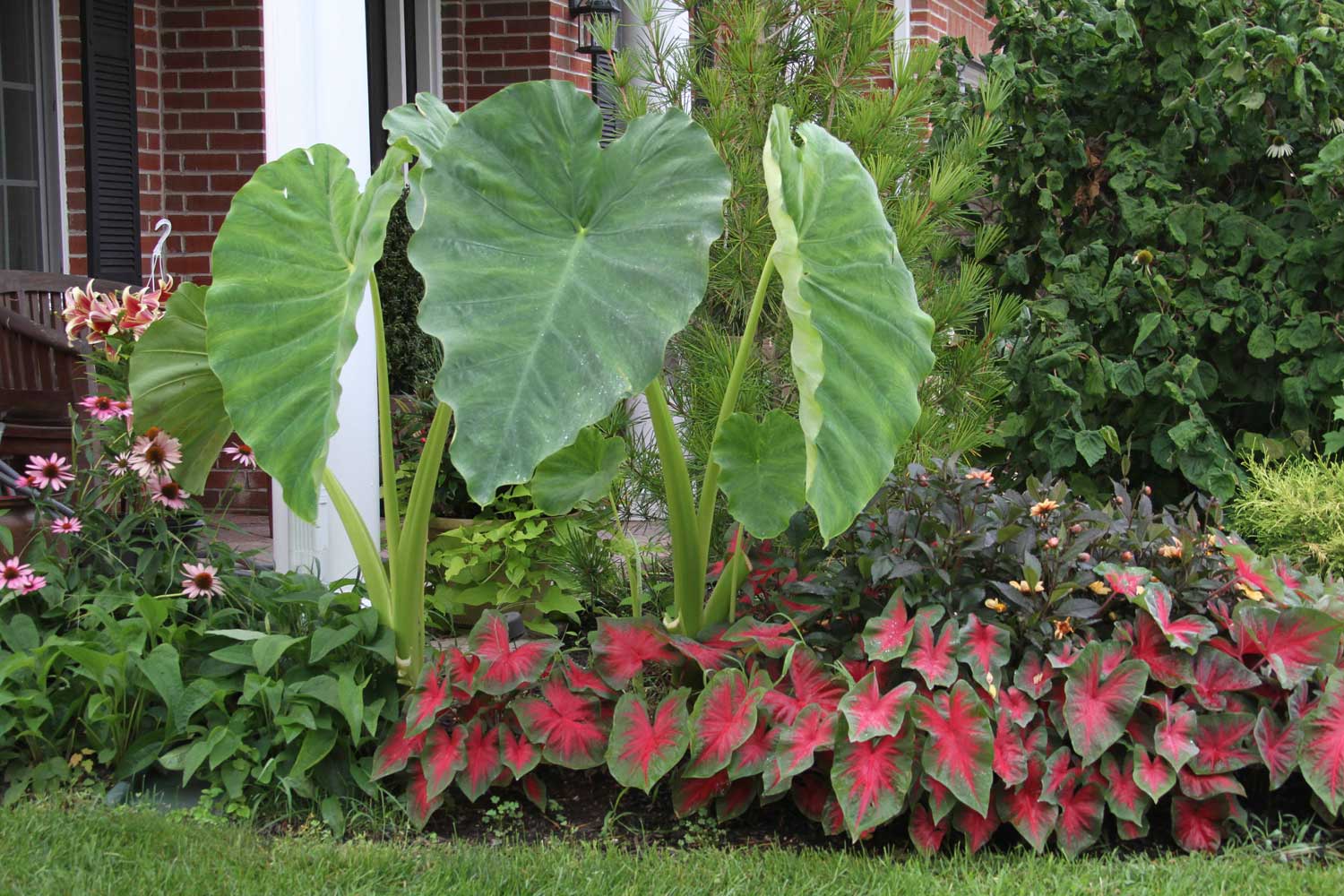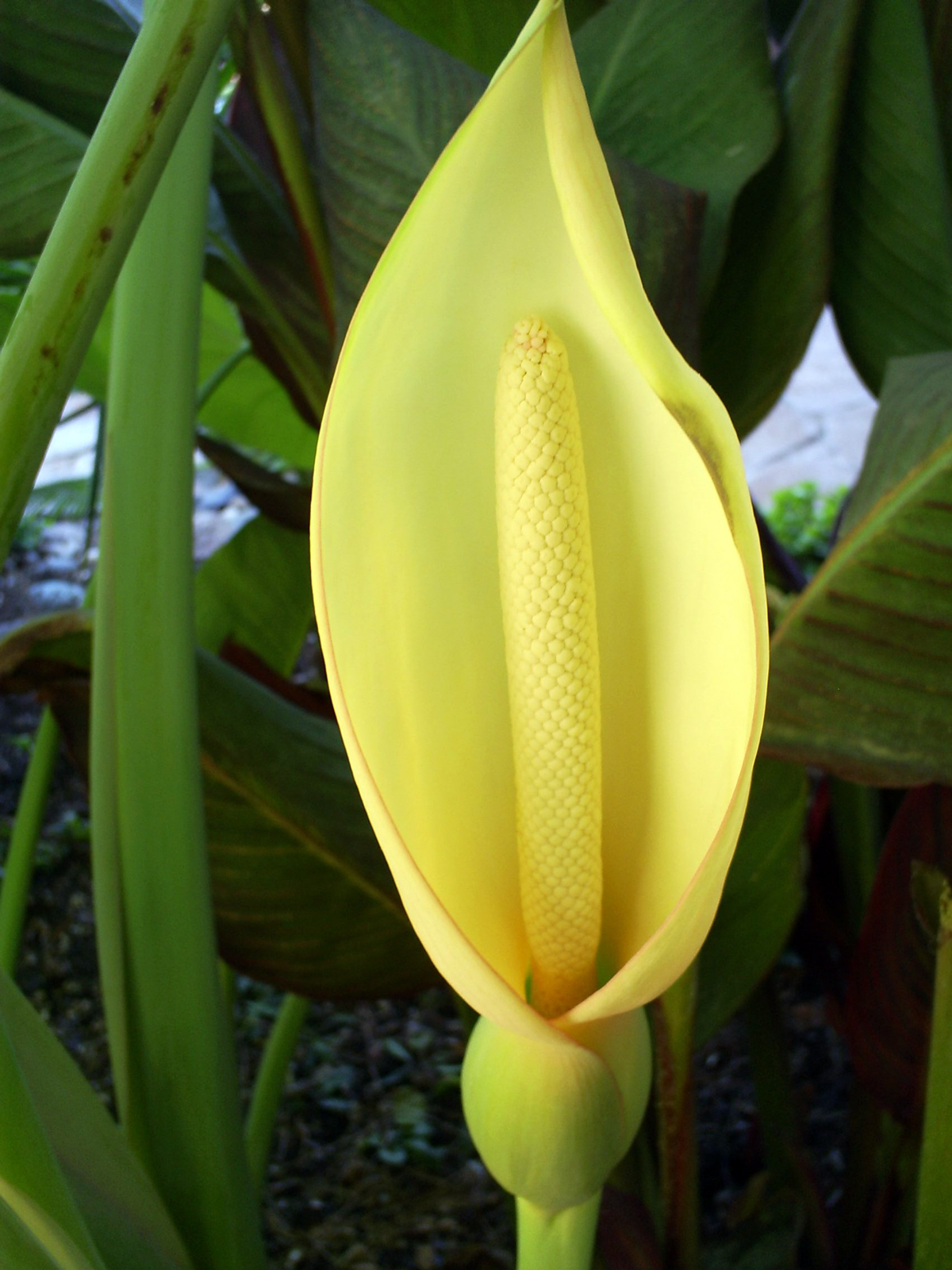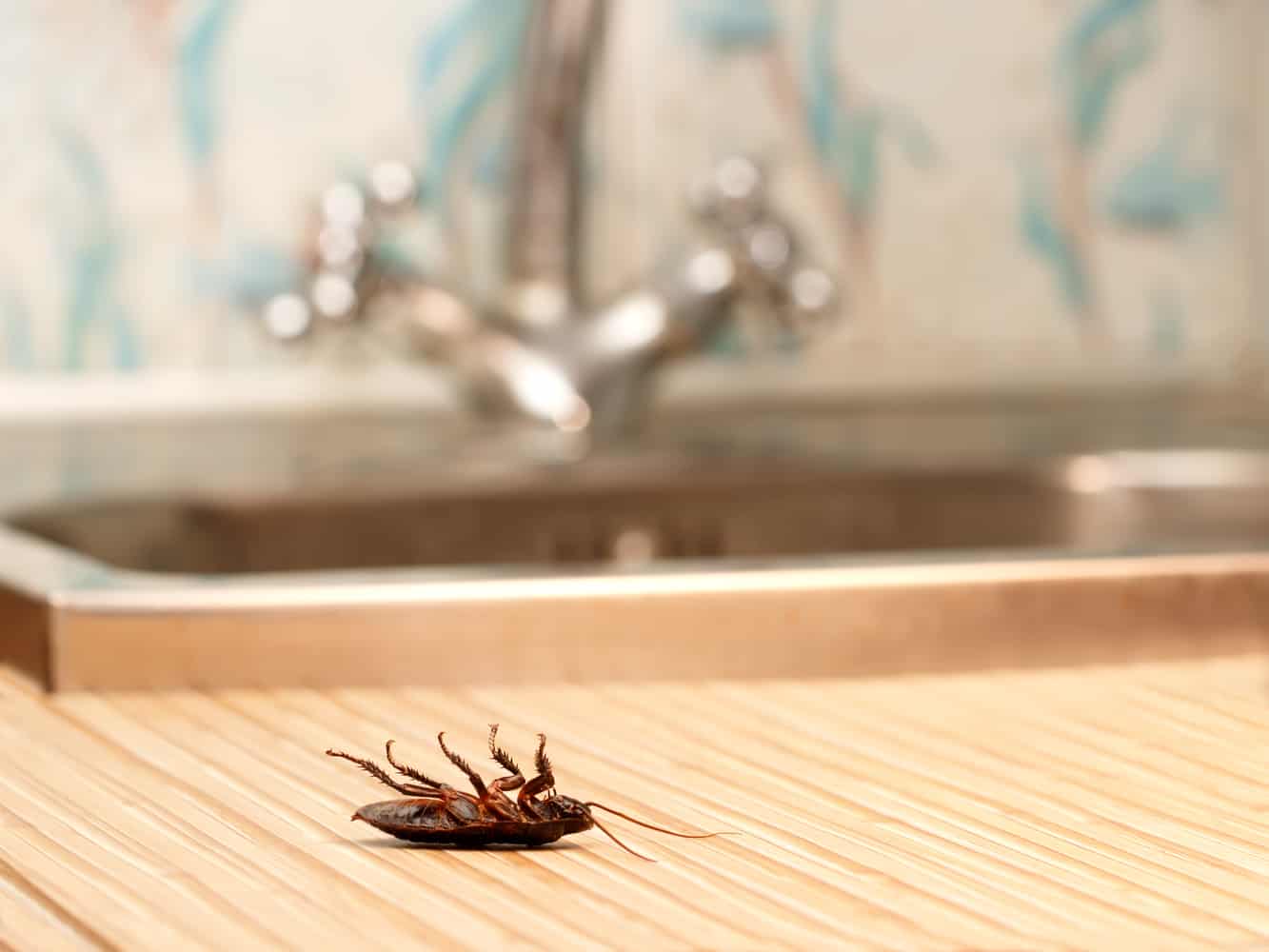Elephant ear plants are stunning ornamental plants that belong to the Araceae family. Commonly referred to as taro, ape, and dasheen, the plants are native to the tropical regions of Asia and are known for their large and distinctive leaves.
One of the most popular varieties of elephant ear plant is the Colocasia esculenta, which is known for its large green leaves that can grow up to three feet in length. The leaves are shaped like elephant ears and grow on long, sturdy stems that can reach up to six feet in height.
Taking care of an elephant ear plant is relatively easy, provided you follow some basic guidelines. These include providing the plant with the right amount of light, water, and nutrients.
Light: Elephant ear plants thrive in bright, indirect light. Direct sunlight can scorch the leaves, so it’s best to place the plant in a spot that receives filtered sunlight or in a shaded area. Too much shade, on the other hand, can cause the leaves to turn yellow, so aim for a balance between sunlight and shade.
Water: Elephant ear plants require moist soil to thrive. Water the plant whenever the top inch of soil is dry to the touch. Be sure not to overwater the plant, as this can lead to root rot. Additionally, ensure the plant is in well-draining soil to prevent waterlogging.
Nutrients: Elephant ear plants are heavy feeders and require regular fertilization to grow well. Use a balanced fertilizer once a month during the growing season to encourage healthy growth, and reduce fertilization during the dormancy period.
Propagating elephant ear plants is relatively easy and can be done through division or cuttings. To propagate via cuttings, cut a section of the stem, making sure it has at least one leaf node attached. Place the cutting in a jar of water, and within a few weeks, roots will start to grow. Once the roots are established, the cutting can be potted in well-draining soil.
In conclusion, elephant ear plants are beautiful and unique plants that can add a touch of tropical charm to any space. With the right care and attention, these plants can thrive and grow into impressive specimens that are sure to impress.
If you are searching about Elephant Ear: Plant Care & Growing Guide you’ve visit to the right page. We have 8 Pictures about Elephant Ear: Plant Care & Growing Guide like How to Grow and Care for Elephant Ear Plants, Elephant Ear: Plant Care & Growing Guide and also Elephant Ear: Plant Care & Growing Guide. Here it is:
Elephant Ear: Plant Care & Growing Guide
:max_bytes(150000):strip_icc()/elephant-ear-plants-2132884-16-9dafae37b5e046cc90dbcd63d38c74d1.jpg)
www.thespruce.com
elephant care esculenta colocasia 2ft taro adrienne legault thespruce
Elephant Ear: Plant Care & Growing Guide
/elephant-ear-plants-2132884-15-c8a2fff099f24f75b9d7c69dc0caa0e0.jpg)
www.thespruce.com
kuping gajah tanaman grow alocasia thespruce kian spruce adrienne legault
How To Grow Elephant Ears – Care Tips For Elephant Ear Plants | Garden

www.gardendesign.com
elephant ear plants leaves caladium garden plant ears shutterstock care dog houseplants dangerous ivy growing different ny grow name
Elephant Ear Plant: How To Take Care Of An Elephant Ear Plant

www.gardeningknowhow.com
elephant ear plants plant growing poisonous care tropical take ears tips poison garden bulbs landscaping looking foliage shade gardeningknowhow which
Elephant Ear Plant: How To Take Care Of An Elephant Ear Plant

www.gardeningknowhow.com
ears deshaies gardeningknowhow
How To Grow And Care For Elephant Ear Plants
/elephant-ear-black-contrast-big-5793beb73df78c1734bd1e51.jpg)
www.thespruce.com
elephant ear ears plants leaves care plant grow colocasia esculenta big beaulieu david contrast
Shake Up Your Garden With Elephant Ears – Longfield Gardens

blog.longfield-gardens.com
elephant ears garden colocasia caladiums esculenta gardens longfield shake
Brad's Tropical Paradise: Elephant Ear Flower In Arizona In October

bradstropicalparadise.blogspot.co.uk
elephant ear flower plant plants ears flowers arizona october tropical flowering paradise
Elephant ear flower plant plants ears flowers arizona october tropical flowering paradise. Ears deshaies gardeningknowhow. Kuping gajah tanaman grow alocasia thespruce kian spruce adrienne legault
 markanthonystudios.net Mark Anthony Studios Site
markanthonystudios.net Mark Anthony Studios Site


